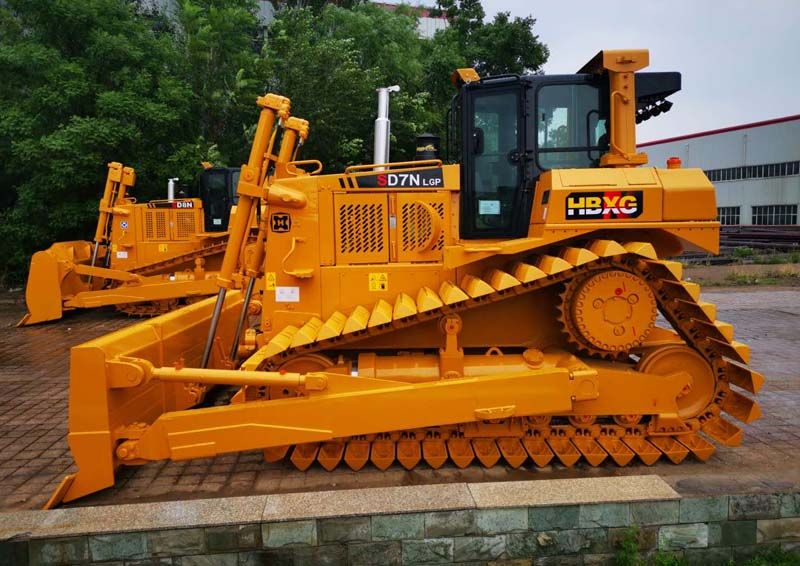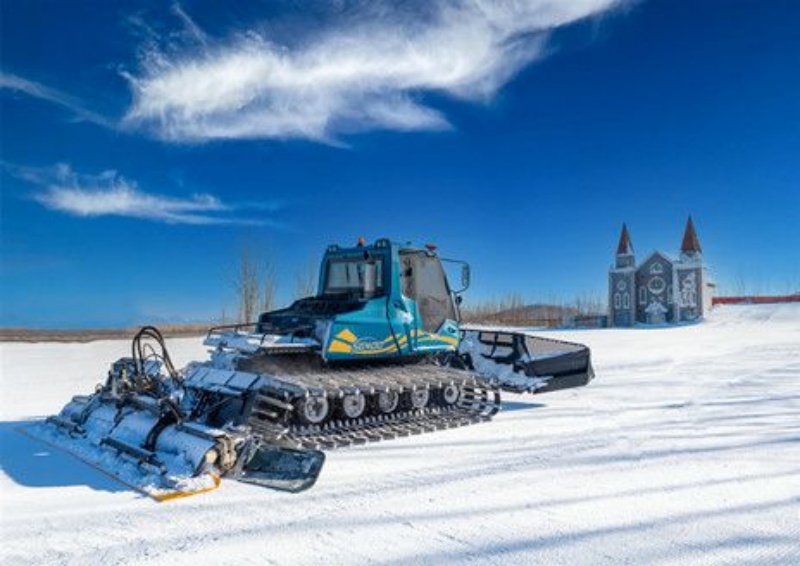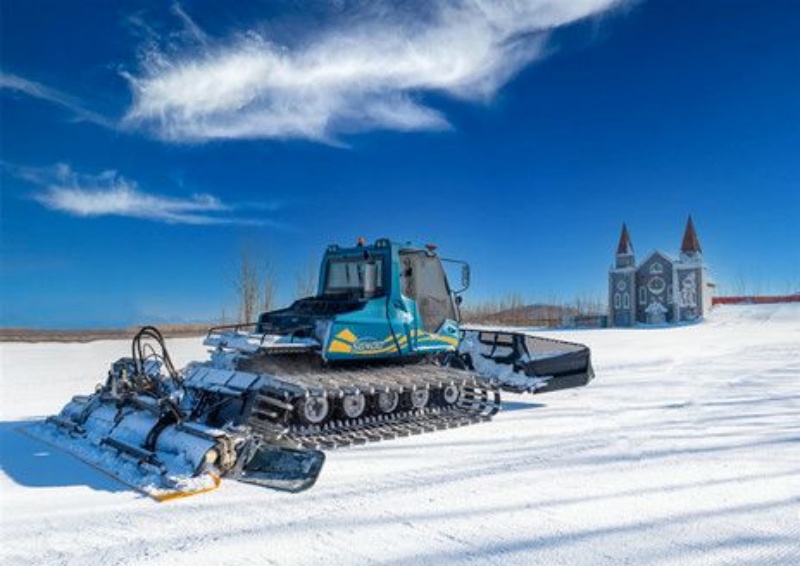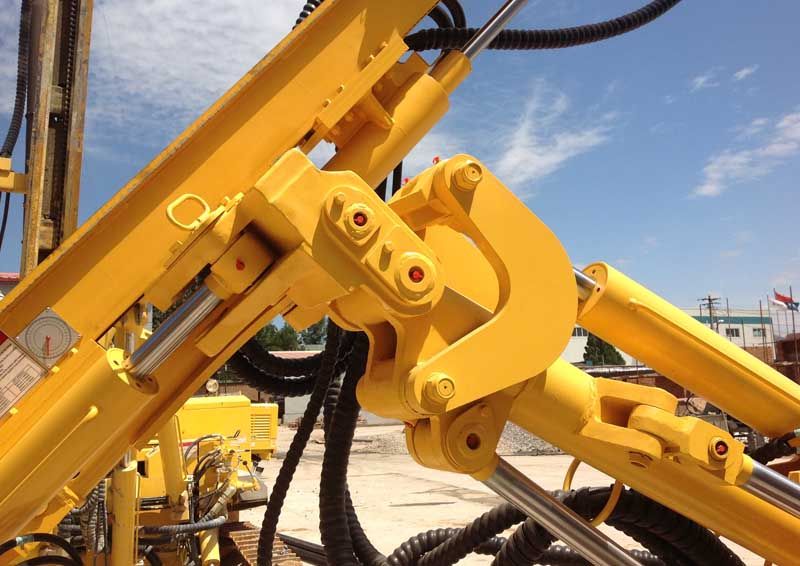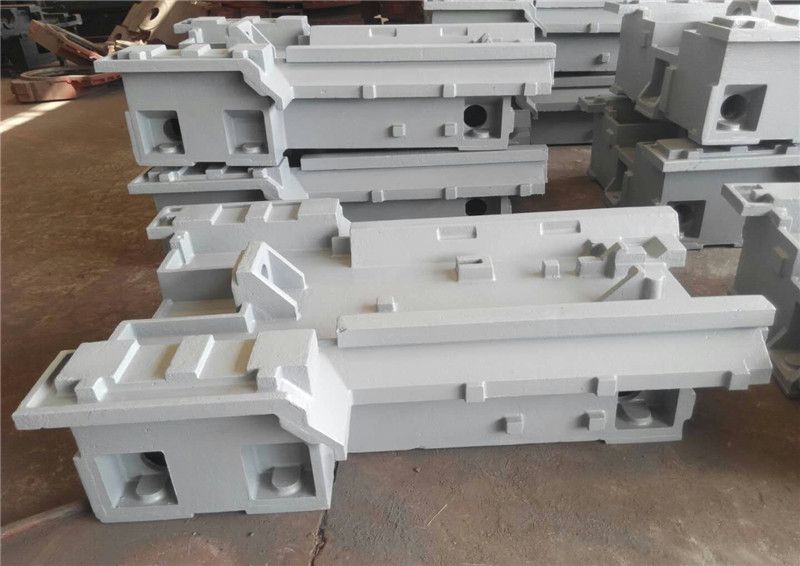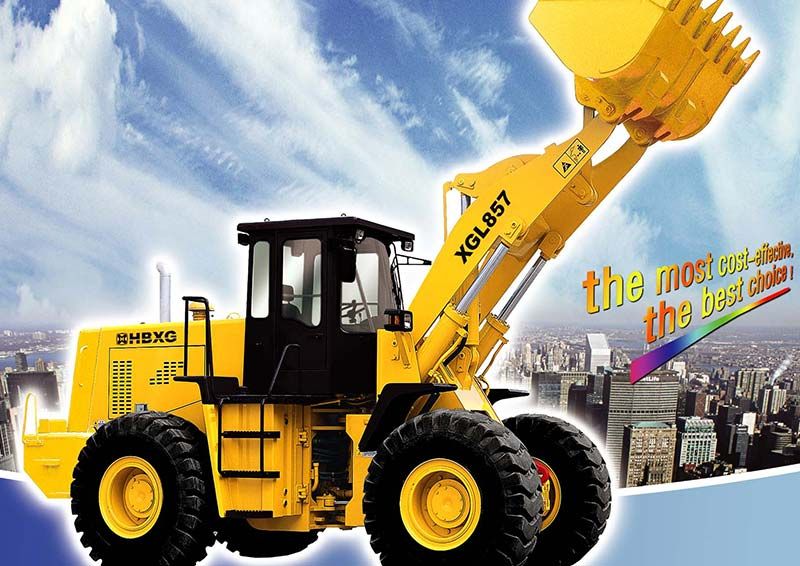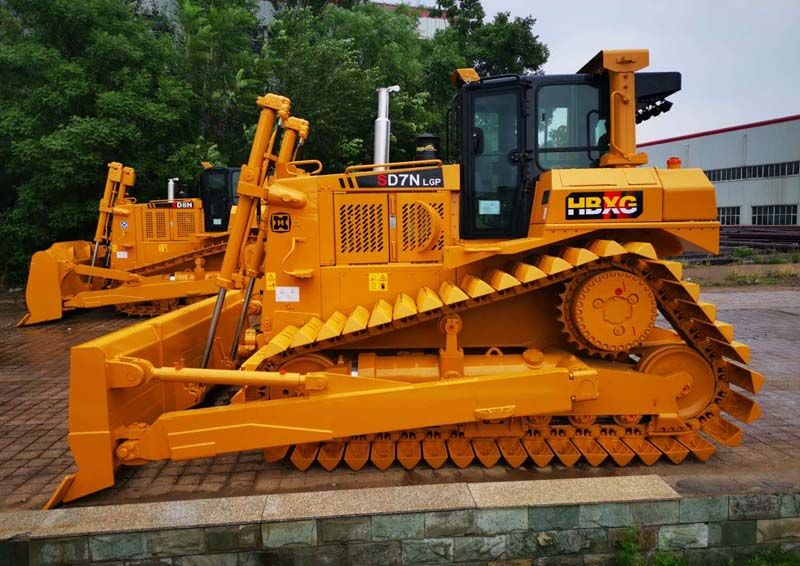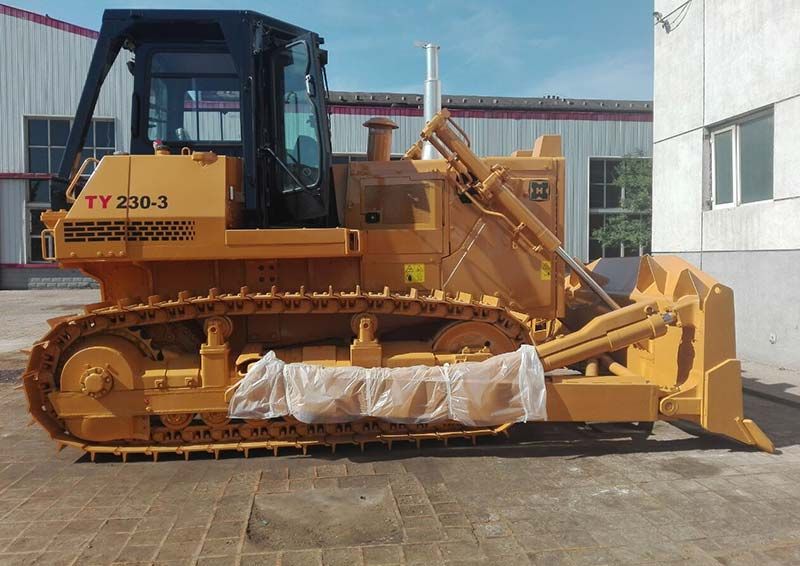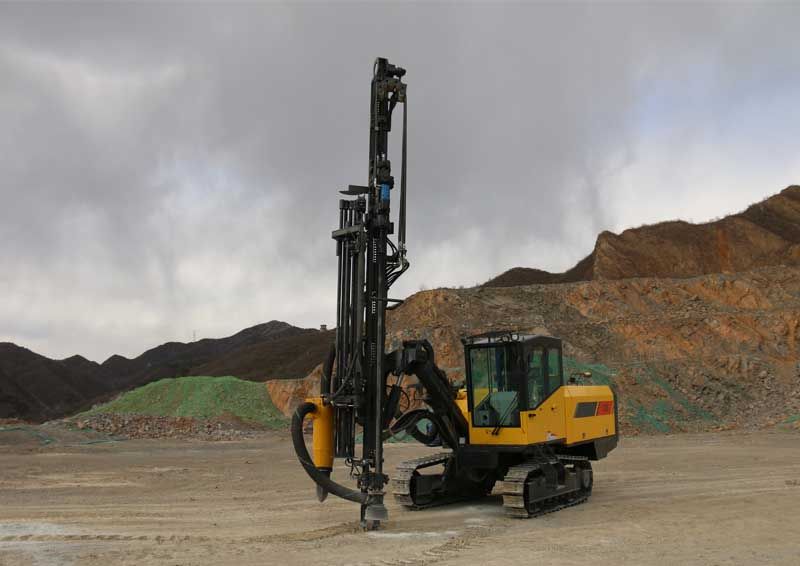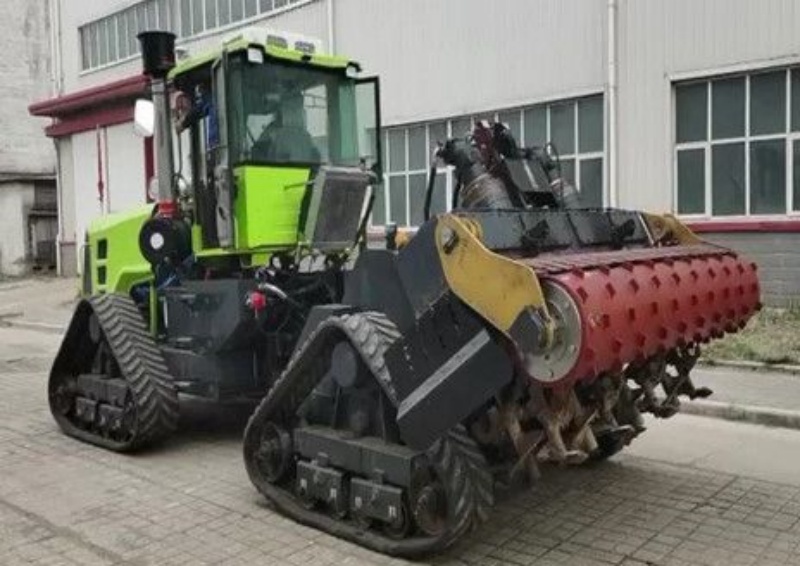Excavators are one of the most versatile and widely used heavy construction machines. They are used for a variety of applications ranging from digging and grading to demolition and material handling. Excavators come in different types, sizes, and purposes, each designed to perform a specific task. In this article, we will explain the different excavator types, sizes, and purposes to help you choose the right one for your construction needs.
What is an Excavator?
An excavator is a piece of heavy equipment used to move large amounts of soil, gravel, and rock. Using an excavator can save you time, money, and effort. An excavator will help you move things from one place to another quickly and easily. It also keeps your back from physical strain.
Excavators are great if you need to clear trees or shrubs on your property or if there’s construction happening nearby; this way, nothing gets damaged by falling branches or other pieces of debris in the area where workers are working hard every day, trying their best not be distracted by anything else around them besides what needs to be done at hand.
An excavator has several key components:
• Boom: This is the angled arm that attaches directly to the excavator body. Knuckle booms can move in line with the machine laterally, while the standard boom can only move vertically.
• Dipper: Also called the stick, the dipper is the arm that extends from the boom and connects to the bucket or other attachment.
• Bucket: The bucket attaches to the end of the dipper. You can switch it out with other attachments whenever you need to use the machine for another application.
• Cab: The cab is the enclosed area that contains the machine controls and a space for the operator.
• Rotating house: The house contains the cab, engine, fuel tank, hydraulic tank and counterweights. Many excavator houses can rotate a full 360 degrees, which provides the operator with a high degree of mobility.
A wide variety of attachments are available for excavators, which allows you to take on different jobs. For example, you could swap the bucket for an auger for drilling operations or a rake for land-clearing projects. Explore more excavator accessories.
Different Types of Excavators
HBXG offers different types of excavators. Find one that suits your needs and budget.
Basic Type:
1. Standard or Crawler Excavator
Standard excavators, also known as crawler excavators, use a boom, stick and bucket arm attachment at the front of the equipment. These excavators are designed to handle the bulk of the work and are often used in heavy-duty construction, mining, farming, landscaping and other industries.
The bucket arm attachment extends to dig through soil or other materials and retracts to lift materials. The cab is capable of rotating 360 degrees, making it easier to dig and dump different materials. These excavators use rotating tracks to provide traction and stability, which allows them to navigate steep slopes or rugged terrain. Standard excavators also have tracks that exert less ground pressure, making them a popular option for various jobs.
You can choose from different excavator sizes to suit your applications, whether you need a machine that can fit into higher spaces or something that works in heavy-duty situations. You can also choose from different bucket sizes to help you complete other tasks at your worksite, such as moving debris or materials, demolition, trenching and hauling.
Pros: Provide greater balance and stability on uneven ground
Cons: Slower than some other excavators
2. Wheeled Excavators
Wheeled excavators are similar in size and appearance to crawlers but run on wheels instead of tracks. Replacing tracks with wheels makes them faster and easier to maneuver on concrete, asphalt and other flat surfaces while still offering the same power capabilities.
Because wheels offer less stability on uneven ground than tracks, wheeled excavators are commonly used for roadwork and urban projects. However, operators can add outriggers to increase stability when transitioning between asphalt or concrete and an uneven surface.
Pros: Fast and easy to maneuver on flat surfaces
Cons: Perform poorly on uneven terrain
⇒ Impact Of Wheel Excavator's Tire Tread On Equipment Use
⇒ Precautions Of Wheel Excavator
3. Long Reach Excavators
As its name suggests, a long reach excavator features a lengthier arm and boom sections. The design allows for better operation in hard-to-reach locations. The excavator’s extendable arm can reach over 100 feet horizontally.
These excavators are best used for demolition projects like structural crumbling and breaking down walls over bodies of water. Different attachments can be affixed to the arm to perform additional jobs such as shearing, crushing and cutting.
Pros: Longer boom is ideal for hard-to-reach locations and demolition projects
Cons: Difficult to use in tight spaces
4. Mini Excavators
A mini excavator is a crawler or wheeled excavator with an operating weight ranging from 0.7 to 6 tonnes. This is one another general purpose excavator, with the equal level of performance and usage but a short swing radius superstructure, which offers many benefits in urban and confined areas. There are two types of Mini excavators, one with conventional tail swing whose house will extend beyond the tracks through the complete rotation, while the another one with zero tail swing whose house diameter stays within the tracks width through the complete rotation. The boom swing operation of mini excavator is one of the important features for operator to dig alongside obstacles with lesser restrictions and better visibility. Mini Excavator in India getting popular as it can perform work that is traditionally done by using manpower.
Pros: Easily fits into tight spaces and can be used indoors
Cons: Can only handle smaller loads
⇒ Small Excavator Safe Driving Tips
⇒ Small Excavator Correct Operation Precautions
⇒ The Unique Characteristics Of Small Agricultural Excavators
⇒ Tips For Buying, Operating And Maintaining a Thumb Attachment For a Mini Excavator
5. Dragline Excavators
The dragline excavator is a larger excavator that operates with a different process. The equipment utilizes a hoist rope system that attaches to a bucket via a hoist coupler. The other side of the bucket is affixed to a dragline that runs from the bucket to the cab. The hoist rope raises and lowers the bucket while the dragline pulls the bucket toward the driver.
Due to their weight, draglines are often assembled on-site. The unique system of this type of excavator is commonly used in large-scale civil engineering projects like canal dreading. Request a quote.
Pros: Dragline system is ideal for underwater excavating and canal dreading
Cons: Weight and size make it impractical for smaller jobs
6. Hydraulic Shovels
Hydraulic shovels are heavy-duty and designed for very extreme lifting and digging jobs. They are typically found in mining jobs and have much larger lifting arms and buckets than do standard and other types of excavators. They can haul large rocks, soil, and other materials that are too heavy for other types of machines. Hydraulic shovels are similar to standard excavators in that they have a boom/stick/bucket assembly located at the front of the excavator, but they can also be affixed at the back of the excavator. They also have a cab assembly that can rotate 360 degrees which is consistent with most other types of excavators.
While there are many different types of excavators, they each have their own advantages and disadvantages. Factors such as size, maneuverability, versatility, and brand will likely play a part in your decision-making. HBXG offers reliable, affordable excavators and equipment and excellent service. If you have any questions, please do not hesitate to contact us.
Size Categories:
The right size for your operation will depend on your power needs. More demanding jobs will require larger excavators because they can generate more power. Smaller, more delicate jobs need less power, so compact machines are the better choice.
• Mini: Mini or compact excavators are the lightest and most mobile excavators available, making them the perfect choice for landscaping and urban operations. They can weigh anywhere from 2,000 pounds to just below 10 tons (20,000 pounds). Due to their lightweight frame and compact size, mini excavators leave a smaller footprint than models in other categories.
• Small: Small excavators weigh anywhere from 11 to 18 tons. They’re useful for light projects where you need a little more power than what a mini excavator can provide.
• Medium: Excavators that weigh between 20 tons to 35 tons fall into the medium-size category. Medium excavators are the most common type you’ll see, especially on construction sites. They come with high power demands, but that’s what allows them to have mighty digging capabilities.
• Large: These colossal machines weigh 36-90 tons. Due to their enormous size, they’re rarely used in uneven or urban environments. However, they provide high amounts of consistent power for intense lifting and bulk earthmoving projects. They’re also quite fuel-efficient, which can help you stay within budget even on large-scale projects.
In addition to the size categories, there are also various configuration categories that excavators can fit into, including:
• Crawler: Crawlers run on a chain track system that provides stability for safe work on uneven ground. These high-power machines are most useful for mining, road grading and landscaping.
• Wheeled: Excavators that have wheels instead of tracks are well-suited to city jobs because wheels tend to do less damage to roads and sidewalks.
• Backhoe: The backhoe is the essential excavator. It’s small and lightweight, making it an excellent choice for many different applications. The backhoe uses a pulling, backward-scooping motion to dig and remove material from the ground. Using a backhoe, you can transport soil, dig trenches and even uproot trees.
• Suction: A suction excavator uses high-pressure vacuums and water jets to clear away dirt and debris. You’ll typically use them for delicate projects, including underground jobs and debris cleanup.
• Dragline: These enormous excavators clear large swaths of earth by using a hoist rope and line system. They’re most useful for pile driving, road excavating and underwater applications.
• Long reach: The arm on a long reach excavator can reach up to 100 feet with attachments. It’s useful for riskier operations where the operator needs to be at a distance, like industrial demolition and heavy-duty digging.
• Demolition: Excavators designed explicitly for demolition and above-ground excavation provide high performance and efficient fuel consumption to power your operation.
• Power shovel: Power shovel excavators are equipped with a crane arm and a counterweighted bucket, which gives them excellent stability. They use a forward-scooping motion to dig, providing immense power to clear earth or remove debris.
The specific configurations and sizes available to you depend on your manufacturer. Additionally, you can use your excavator for many different applications by swapping out your attachments. Browse our online collection of HBXG excavators, and feel free to contact us with any questions. We offer a variety of models, so you can count on us to provide you with the right machine for your next project.
What Is an Excavator Used For?
As we mentioned, excavators come in handy for many situations. Some common applications include:
• Landscaping: Thanks to their small size, mini excavators are especially useful for landscaping applications like breaking concrete, planting and uprooting trees and shrubs, building paths and even placing fence posts.
• Demolition: Excavators are extremely common on demo projects because they’re tough and efficient. You can use them for tearing down walls and clearing debris from a safe distance.
• Mining: Excavators are essential tools in mining operations because they clear soil from shafts and make it easy to extract the desired materials.
• Construction: You’ll see an excavator on almost every construction site. These capable machines allow you to dig trenches and foundations easily, making them a staple piece of equipment in the construction industry.
• Material handling: The 360-degree rotation capacity of an excavator makes it excellent for lifting and moving building materials on any site.
• River dredging: Powerful dragline excavators are excellent choices for clearing silt and sediment from the bottoms of large bodies of water.
⇒ Several Working Environments of Excavator
Contact Us Today
For more information on the various types of excavators used to put in the work on demolition projects, contact us today. As a leading commercial building and industrial equipment manufacturer, we pride ourselves in using the right equipment to get the job done – on time and on budget, and safely. Contact us today for more information.



